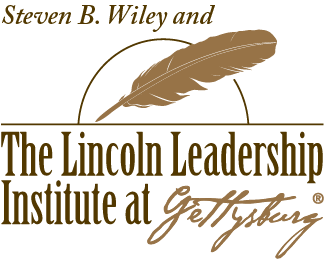In “The Way of the Owl,” martial arts expert and naturalist Frank Rivers uses the owl as a model for effective conflict management.
The book is full of useful advice, such as:
- A sharp blade is both safer and more effective than a dull one.
- Security lies in knowledge, benevolence in training.
- “Engage the enemy as you find him, not as you wish him to be.”
- “A good enemy is a creature of immense values. He holds our feet to the fire and makes us dig for new capabilities and latent talents.”
- You can’t ask good questions if you think you already know the answers.
- You don’t have to rule the forest to thrive in it.
- We don’t see what we look at, we see what we look for.
The Confederate army at Gettysburg would have done well to heed the third and seventh points, for Lee and many of his generals constantly saw a Union army not as it was, but as they wished it was.
On the other hand, the Union army benefited from the fourth maxim, having a good enemy, and had dug around for new capabilities and talents until they finally closed the leadership gap with Lee’s Army of Northern Virginia.
Rivers makes one more excellent point: “Imagine a boulder rolling down a hill. If you try to stop it with direct force or dogged resistance, you will be defeated. But if you run up alongside it and give it a nudge in a new direction, you will remain safe.” John Buford’s delaying action on July 1 supports the second part of Rivers’ analogy, while the decimation of the 1st Minnesota on July 2 proves the first.
What “boulder” do you need to nudge?




Recent Comments